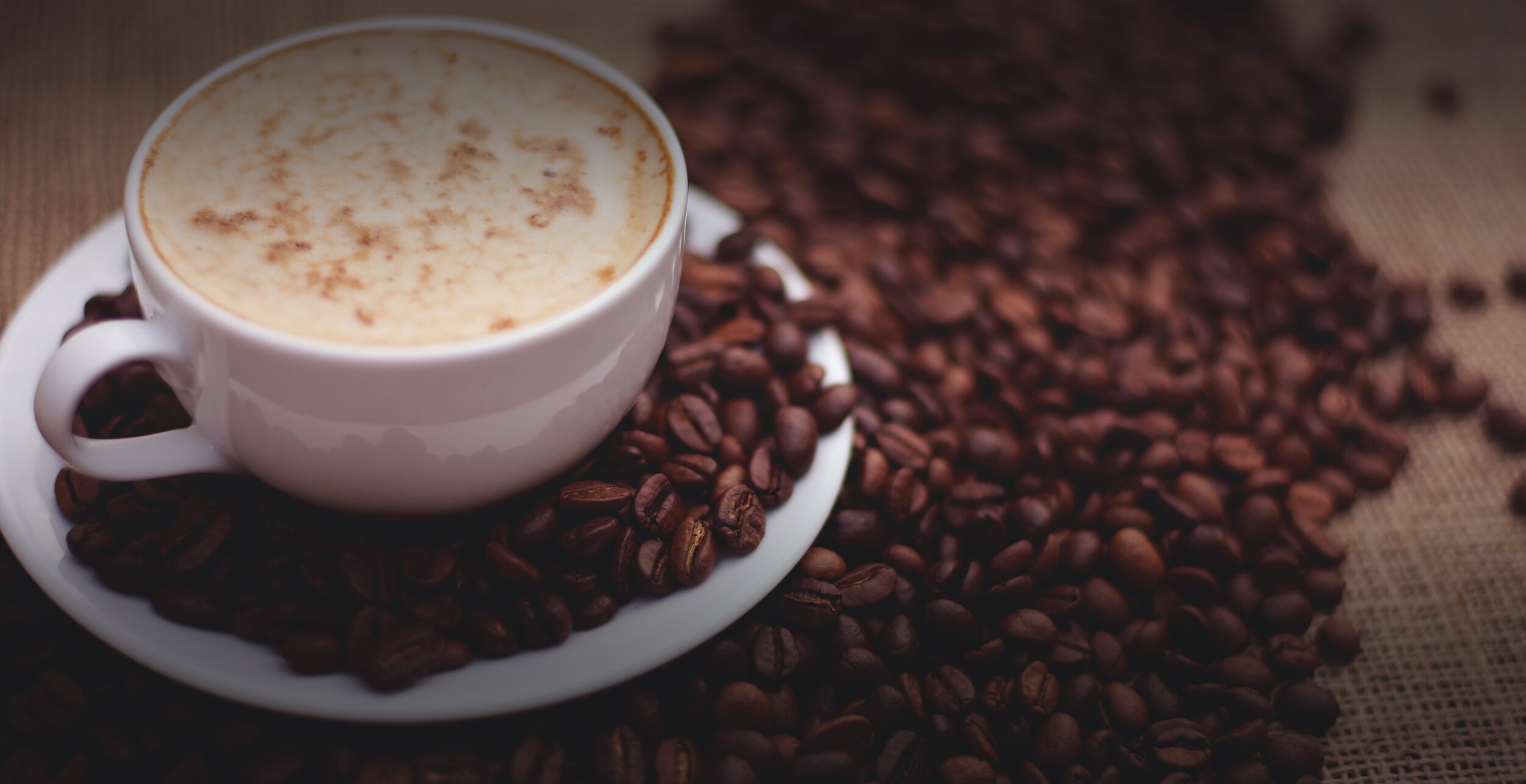DEVELOPING NEW TASTE: COFFEE AND JAPAN
Coffee was first introduced to Japan in the 17th Century, through the restricted trading port of Dejima, Nagasaki. This novel liquid made from roasted beans was too bitter for the tea drinking Japanese. Even medical advice from the pioneers of western medicine did not convince people to take up coffee drinking.
However, Japan is now the 4th largest consumer of coffee in the world. So what happened over the past 150 years?
Japanese Invention: Soluble Coffee and Canned Coffee
Coffee was available in the Edo period, but it was never the nation’s favourite hot drink. Green tea firmly retained its status, even long after the Meiji Restoration in 1868, which started the westernisation of Japanese culinary culture.The Japanese-American chemist Dr Satori Kato successfully produced soluble coffee in 1899 using his dehydration technique. A patent registration followed, as did commercial success, especially from supplying American soldiers who were stationed in Europe during WWI - although Dr Kato was not involved in that. And the fact is that a Japanese person’s contribution to this breakthrough product did nothing to alter the coffee market in Japan. There were small pockets of the population who would enjoy western style coffee, but that died out during WW2. The import of coffee beans hit zero in 1945.Import regulations on coffee beans were lifted in 1960, followed by instant coffee granules in 1961. But the real leap in coffee consumption came after 1965, triggered by the invention of canned coffee, or Kan Kohi, either Mira Coffee (1965) or Diamond Coffee (1958). The introduction of a new coin in 1967 and the popularity of vending machines, especially in railway stations, drove the demand for portable drink products and led to a significant rise in the consumption of sugar-saturated white coffee in a can.With excellent public security, in which there is hardly any risk of either money or goods being removed illegitimately from vending machines, the market for canned coffee and other drinks grew. The introduction in 1974 of vending machines which keep items hot drove demand further, enabling coffee producers to experiment with higher quality products. It was the first wave of the coffee boom.
Coffee Houses with Characters
Alongside with canned coffee consumption, there were many outlets for proper gourmet coffee. From 1965 to the early 1990s, there were many no-nonsense types of cafe owners who dedicated their lives to the brewing of the best possible cup of coffee. Many combined the fragrance of coffee with classical, jazz or rock music, and often customers were enjoined to listen to the music and drink the coffee in reverential silence. By 1982 there were 162,000 coffee/tea houses at the height of popularity, driven by many aspiring start-up owners trying to replicate the world of charismatic café masters.But by the end of the 1980s this popularity backfired. Coffee bean suppliers were more interested in selling quantity, rather than quality. Newcomers were not equipped with the skill to distinguish the flavours and became reliant on what was supplied by large distributors. Too many products had no character, but were just adequate quality coffee.In consequence, decline and change were inevitable.
Chicago Style Coffee to the Rescue
The import of coffee beans had increased from 100,000 in the 1970s and to 300,000 tonnes by the end 1980s. Growth stalled in the early 1990s, but crucially it did not decline. Consumers who took up the coffee drinking habit did not give it up. Then came the second wave.In 1996, the first US-style coffee-bar opened in Ginza. With variety now on the coffee menu and decent coffee (not in a can) available, it was a huge success, and import and consumption started to grow again, this time much faster than over the previous ten years.Coffee roasters were now directly running outlets through franchises, with growing, purchasing, roasting and brewing all under one roof. For consumers who had developed a taste for exquisite coffee, it was important quality of coffee remained high and consistent, and this business model served well in the more developed market.But shops still have to work hard to keep customers interested, by providing new ideas and new tastes.
Time for the Next Wave
In the 2000s, convenience stores invested in supplying good quality coffee at very economical prices, about 50% less than coffee outlets run by roasters. The convenience chains are the current drivers of the coffee market, and wholesalers cannot ignore this fact. The third boom was now complete, with imports hitting 400,000 tonnes per year. And again, it is now a turning point. The market has stopped growing.Consumers are demanding top speciality quality, and want to brew their own coffee at home. This is a niche, and demonstrates that the market has matured for sound quality, economical prices, and availability. Consumers are looking for different ways to enjoy their favourite drink. There are many small cafes in small towns where coffee fans do not mind making a day trip and queueing for a long time, every weekend. The next focus emanates from the demand for yet higher quality and the skill to produce it.So this could be a moment of further change, the beginning of a fourth wave of coffee culture in Japan.
